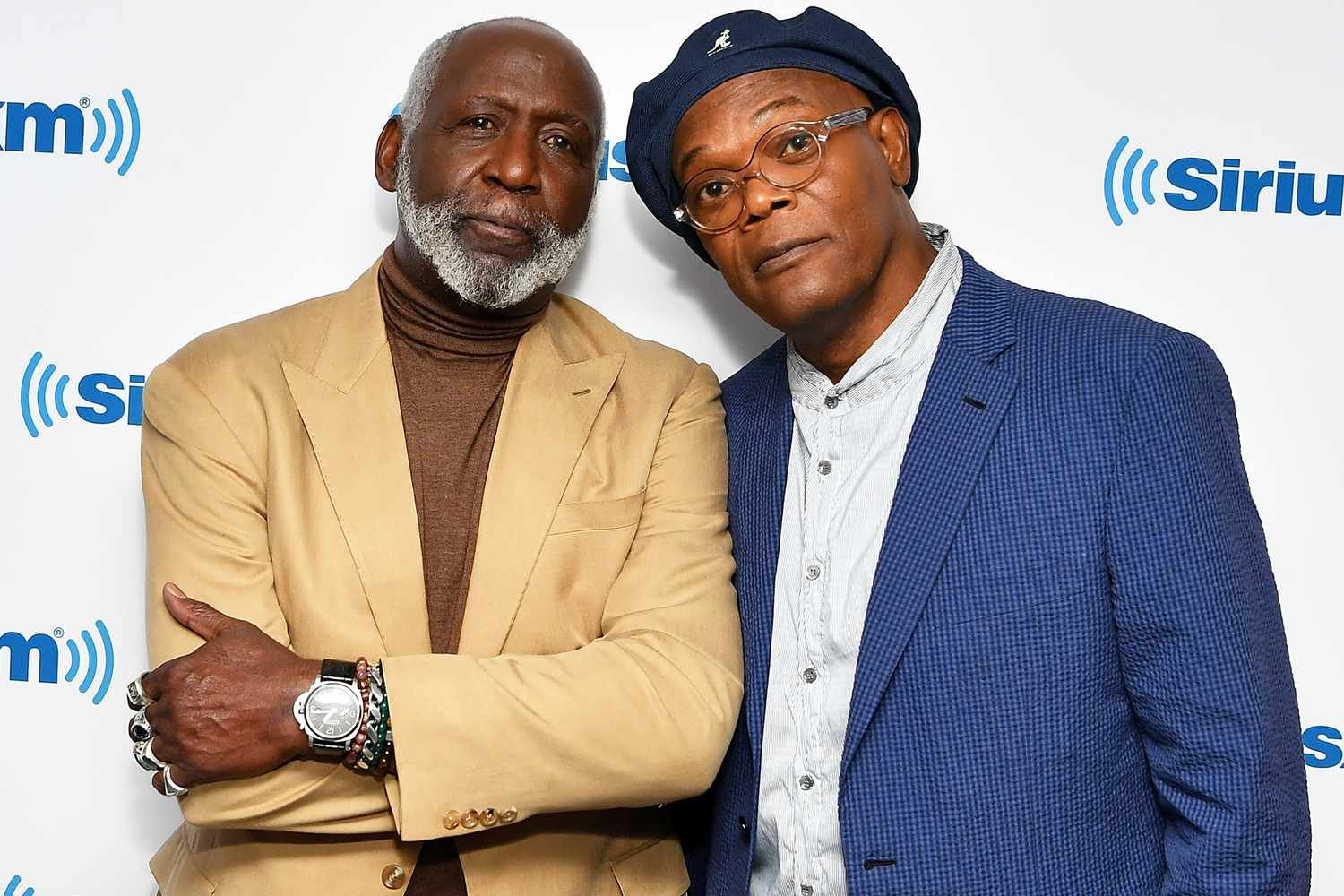In a noteworthy development, Atif Aslam, renowned for lending his soulful voice to numerous Bollywood chartbusters, is set to make a comeback to the Indian film industry with the upcoming film, “The Story of the 90s.” This marks Atif Aslam’s return to the Bollywood scene after a hiatus of seven years, making it a much-anticipated moment for his fans.
The film’s producers and directors expressed their excitement at having Atif Aslam on board, emphasizing the joy of his return to Bollywood. They had decided early on that Atif’s voice would be ideal for the film’s songs, considering the substantial fan base he enjoys in India for his vocals and musical contributions.
“The Story of the 90s” features actors Aditya Saman and Miss Universe Diva Divyata Ray in central roles. The film’s narrative, as suggested by the title, likely explores the cultural and societal elements of the 90s, creating a nostalgic backdrop for the audience.
Atif Aslam’s return to Bollywood comes after a period during which Pakistani artists and singers faced restrictions in Indian films. Following threats from extremist Hindu groups, Bollywood producers had halted the inclusion of Pakistani artists and musicians in their projects. Conversely, the Bollywood association had imposed a ban on Pakistani artists from working in Indian films.
However, Atif Aslam’s re-entry into Bollywood might signal a shift in this trend, offering hope for collaboration between artists from both sides of the border. His inclusion in “The Story of the 90s” adds to the increasing instances of cross-border artistic collaborations, fostering cultural exchange and artistic unity.
The announcement of Atif Aslam’s participation in a Bollywood project not only excites his fans but also raises discussions about the potential for renewed artistic connections between India and Pakistan. It serves as a reminder of the shared cultural history and artistic ties that transcend geopolitical boundaries.
In conclusion, Atif Aslam’s return to Bollywood with “The Story of the 90s” brings anticipation and enthusiasm, marking a potential revival of artistic collaborations between the neighboring countries. The development reflects the universal language of music that has the power to bridge gaps and foster mutual understanding between diverse communities.



